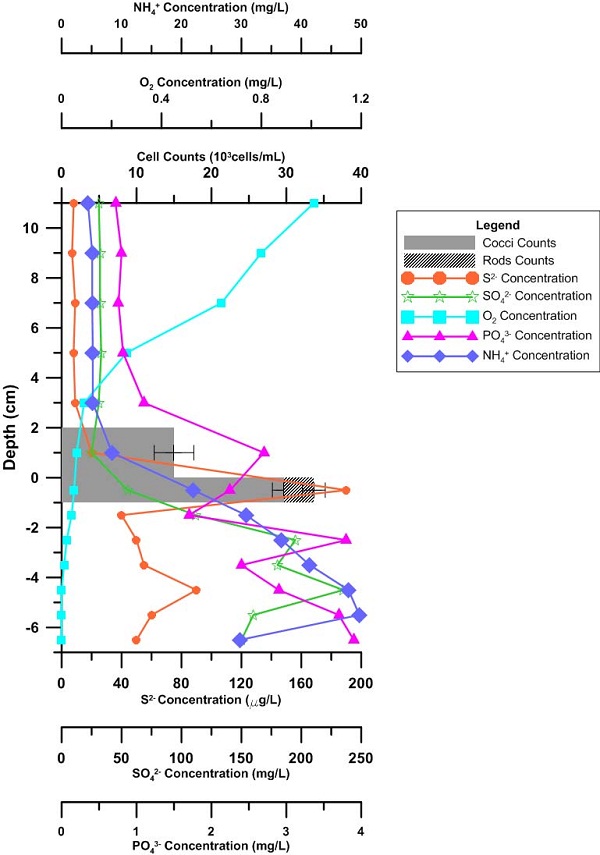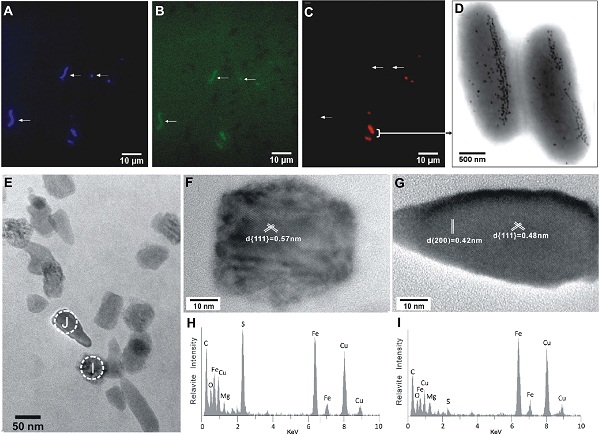High Diversity of the Magnetotactic Deltaproteobacteria in a Freshwater NicheUpdate time:04 27, 2013
Ph. D. student WANG Yinzhao and his teacher PAN Yongxin report a high diversity of magnetotactic bacteria (MTB) in a freshwater site. A possible explanation for the highly diversified Deltaproteobacteria MTB in this sampling site could be that the high nutrient loading, steep vertical chemical gradient, and fast changes associated with sewage pollution provide diverse micro-ecological niches for different bacterial lineages and help to stimulate their growth, in contrast to what has been found in other studies of freshwater MTB. The availability of nutrients, and hence energy supply, and sharply vertical redox environments have been shown to be important drivers of microbial diversity. The distribution of Deltaproteobacteria MTB has been documented in saline environments and freshwater niches. Altogether, their results may suggest that the Deltaproteobacteria MTB, which include greigite-producing varieties, may widely exist in both saline and freshwater environments.
Fig. 1 Vertical distribution of MTB cells in relation to the concentrations of S2-, SO42-, O2, PO43-, and NH4+ in the vertical core from Xi’an city moat.
Fig.2 The images show that diverse, large rod-shaped MTB of the class Deltaproteobacteria that can produce either magnetite or greigite magnetosomes, or both, Wang et al. High diversity of the magnetotactic Deltaproteobacteria in a freshwater niche. Applied and Environmental Microbiology, 2013, 79(8): 2813-2817 (Download Here)
|
Contact
Related Articles
Reference
|
-
SIMSSecondary Ion Mass Spectrometer Laboratory
-
MC-ICPMSMultiple-collector ICPMS Laboratory
-
EM & TEMElectron Microprobe and Transmission Electron Microscope Laboratory
-
SISolid Isotope Laboratory
-
StIStable Isotope Laboratory
-
RMPARock-Mineral Preparation and Analysis
-
AAH40Ar/39Ar & (U-Th)/He Laboratory
-
EMLElectron Microscopy Laboratory
-
USCLUranium Series Chronology Laboratory
-
SASeismic Array Laboratory
-
SEELaboratory of Space Environment Exploration Laboratory
-
PGPaleomagnetism and Geochronology Laboratory
-
BioMNSFrance-China Bio-mineralization and Nano-structure Laboratory

 Print
Print Close
Close

